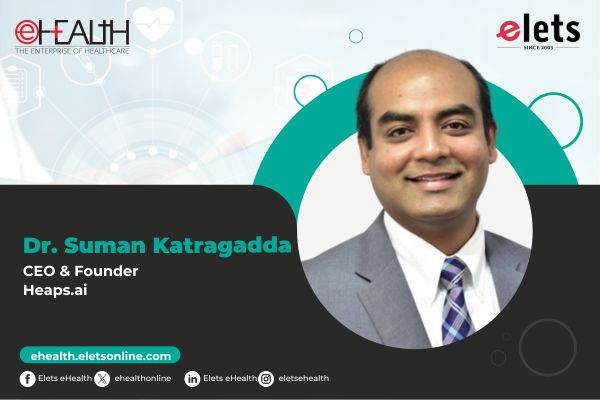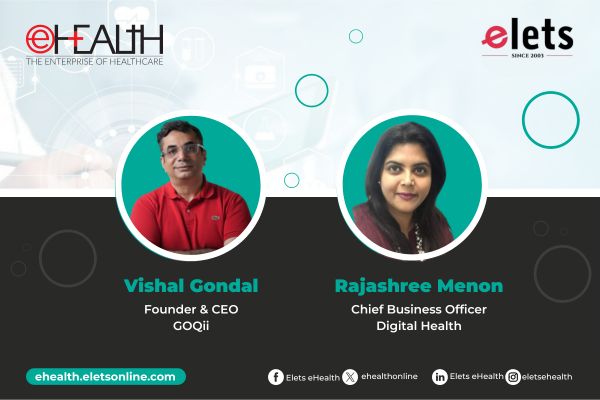
The future of healthcare is in our homes – by all means, and for all ages. The covid-19 pandemic has taught us “to stay home to stay healthy”. With an increasing senior care population and the disposability of the healthcare industry, just like entertainment, retail, and hospitality, the future is shifting care at home, with better technology enabled devices to impart quality and scientific care. Technology makes healthcare decentralised, more proactive, and less reactive.
In India, the home healthcare market was valued at $7.4 billion in 2021 and is expected to rise at a compound annual growth rate of 19.27 per cent from 2022 to 2030. The technology-enabled platforms for better and synchronised management of diseases are one of the biggest factors behind this shift. It makes this care continuous and integrated.

There is a growing geriatric population, a huge shift from infectious to lifestyle disorders, a rising need for post-operative recovery care, the importance of primordial and primary preventive wellness among the youth, and an increased dependency ratio in the aged – all these factors will be accelerating the home healthcare market.

But how do we manage this care? With technology-enabled devices. A seamless, hurdle free approach where the team members of the hospital along with the home care department create a recovery plan for such patients. Bluetooth-enabled devices for vitals monitoring, supported with Telehealth services from the care personnel and 24×7 emergency nursing supervision make it convenient and comfortable for the patients. There is a future of using Virtual Reality (VR) devices and no touch devices to monitor patients’ pain levels (in palliative care) and blood sugar monitoring (for insulin administration to chronic diabetics).

One huge contributor that defines innovation in the home health care market is the use of AI, Machine learning, and Big Data. Hospital data will be so limited and everything will be based on algorithms. There is something called “predictalytics”- a branch of medicine where algorithms will support the clinician’s understanding to give a pinpoint diagnosis. On the basis of facial expressions, voice tonal quality, the pattern of walking, symptomatology, and in the underlying text of various ‘omes’ such as biome, physiome, proteome, microbiome , genome, and anatome, suitable recommendations would be made for giving the liberty of patients to stay home and access diagnostic healthcare without any wait-times and not getting hassled by the enormous paperwork involved.

Innovative technology in the future of healthcare at home is actually “phy-gi-tal”. Integration of digital resources with physical comfort. Caregivers will still be needed for administering IV injections, wound dressings, and grief and bereavement sessions, but the “human concept” of healthcare will eventually increase. A person’s time will be used only for the things he/she is supposed to do and the rest will be taken care of by the digital gadgets. And the key to making this a success lies in educating people.
Views expressed by Dr Charu Dutt Arora, Founder Member and Head Consultant, Asian Institute of Medical Science
Be a part of Elets Collaborative Initiatives. Join Us for Upcoming Events and explore business opportunities. Like us on Facebook , connect with us on LinkedIn and follow us on Twitter , Instagram.
"Exciting news! Elets technomedia is now on WhatsApp Channels Subscribe today by clicking the link and stay updated with the latest insights!" Click here!
















